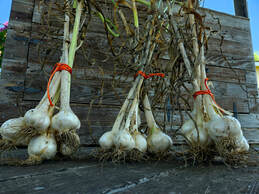 4. Can be, but usually not, substituted for garlic. 5. Excellent source of vitamins A, C, E 6. Like regular garlic, it contains allicin giving it antibacterial properties. 7. Contains sulfur compounds shown to reduce the risk of heart disease and cancer.
0 Comments
Last month I went through a period of feeling blue and anxious. Desperate for some relief, I once again turned to food for medicine. I have been studying food as medicine for around ten years now. I have also earned a certificate in Plant Medicine from Cornell University. Wanting to take the edge off my blue mood, I went to these five foods. Before sharing with you, I wanted to test them myself. For several weeks, I consumed three or more of these foods at least once a day. There was a noticeable improvement. (Let me stop here and say that food is not always what one needs for chronic depression and anxiety. There is a place for medications and counseling as well. Please seek medical advice from a doctor before changing or stopping medication. I am not a doctor or in a medical profession. I am only sharing with you information based on my study of plant nutrition and medicine for information purposes only.) Being pleased with the changes I saw; I would like to share some information on 5 anxiety-relieving foods with you.
1 Corinthians 10:13 talks about God being faithful and will not letting us be tempted beyond what we can bear. It goes on to say when we are tempted, he will also provide a way out so we can endure it. I believe he also provides a way out when life becomes overwhelming and we feel like we’re drowning. We may be drowning in debt, in the darkness of depression, or struggling through disappointments brought about from others or from life not going as expected. God is always there when the spillway opens and the waters rush towards us. We just need to open our eyes and look for the way out, or through it, that he has provided. Many times, it is in unexpected places.
Today's picture was taken a few hours after the spillway had opened at one of my favorite state parks in Oklahoma last week. The other pictures are of the same area. One before the spillway opened and the other a few hours afterwards. What a difference! Life can come at us fast and hard some days with strong, scary currents trying to pull us under. A piece I've been working on. We can rejoice in our forgiveness. That's always something to be happy about.
Missing Peace
"Peace I leave with you; my peace I give you. I do not give to you as the world gives. Do not let your hearts be troubled and do not be afraid." John 14:27 The shapes of puzzle pieces have always intrigued me, especially the ones that look like people. An image difficult to be unseen once noticed. As an artist, I wanted to capture this in a painting. The shape seems simple enough. Being an over thinker, choosing the perfect design and colors for painting the piece proved difficult. Taking a journey to the back of my daughter’s closet, I pull down a box from the top of a dark shelf and return to my table of art. Here I begin removing all the pieces resembling a person. Studying the colors and designs on each, I sketch out a few ideas, none of which spark a creative flame. I leave the bleach-white puzzle shape on my canvas for another day. Then it happened! One of those beautiful moments when your entire body, from your head down to your toes, burns with an overwhelming joy. An all-consuming peace showing up out of nowhere during the darkest winter storm when there is really no reason to be joyful. This, this is what I want to capture in that sterile white shape on the canvas! A depiction of burning passion running from the soul to the heart and all the way to the toes. Blood red is the perfect color for the passion filling us in those unexpected moments; like a vein of peace and joy running through our body. Something like this can only come from the Holy Spirit himself. Blue, for the blue moods brought about by the battles we are all fighting, should surround the red excitement running through. Battles with loneliness, fear, sorrow, or rejection. There is no fathomable reason why we should be filled with such joy at a time when gale winds are holding us down as we defend our tenderness from the sharpness of a storm that could destroy us. But not on this day, for we are filled with glee in the presence of God as our earthly problems have become small when compared to His love for us. Blue Mood has been chased away by the blue hues of inner peace and tranquility as joy warms and soothes our soul; just like a grilled cheese partnered with tomato soup satisfies one’s hunger on a cold blustery day. Paints spread out, canvas before me, I pick up a brush and streak an acrylic line of bold red paint flowing from the head, to the heart, to the toes. Then the blues will be added, to be noticed by others as an unexplained peace in our lives and becoming our witness to God’s love and trustworthiness.
This serves as a reminder to me that just as God has provided for the daily needs of the Israelites and Hummingbirds, so too will He provide for mine. There is work involved to receive His provisions. And yes, many times there will be grumbling and complaining as we do not like what we are called to do, or the challenges we must face, in preparation for what God has in store. Have you ever looked back to notice the lessons learned, information gained or connections made during a trying time in your life? I believe these were no accident. In fact, they were exactly what you needed in preparation for God’s plan for your life. No matter how lost we become, or how many detours we take in life, we will always be given something from the experience that will help us to grow and give us the courage we need to keep moving forward---even if we slip and roll down the hill again. Who knows, it might be on THAT hill, as we are climbing back up, we find the gold nugget needed to be prosperous in the plans laid out for us.
look back at the skills or information learned, from a variety of random situations along the way, that I have truly been amazed at God’s guidance in my life. And the connections! People from such backgrounds that I would not have otherwise crossed their path. I am only beginning to see now how everything has worked together to prepare me for where I need to be at this moment. Who knows, the moment I am in now may be more preparation for what is yet to come. We must learn to be patient and attentive as we wander through the wilderness of life, for there is a promised land at the end. Be it this life or the next.
so you can get cozy and enjoy your time with God.’ Well, I don’t know about you, but for me a lot can happen between my chair and the coffee pot! Research suggests that passing through a doorway causes memory lapses. You know, like when you go to your closet and find yourself standing there trying to remember what you came after. According to Professor Gabriel Radvansky of Notre Dame, “Entering or exiting through a doorway serves as an ‘event boundary’ in the mind, which separates episodes of activity and files them away.” I have to walk through three doors to warm my coffee. This can lead to many distractions. Sometimes taking an hour or more to get back to my Bible. Some days, I never make it back. These distractions are real and intentional.
Satan is real, and he has many weapons and strategies he uses to defeat us. One of his favorites is distraction! He takes a victory lap every time he manages to distracts us and keep us from spending time with the Lord. Why would he want to do that? To keep our focus off God. He’s gotten pretty cunning at distracting us with things that sound good. Things like you’ll enjoy your prayer time more if your coffee is hot, or convincing you it’s okay to skip your Bible time today so that you can volunteer at the food pantry. Take note of the times you are suddenly bombarded with distractions. Is it during your quiet time with God or when you are doing the work he has called you to do? I know that happens a lot to me. We need to be aware and pray for our eyes to be open. We can fight these attacks as the lord has armed us with far greater weapons. Another tactic of distraction is when our thoughts begin to spiral as we focus on the worries of life, our fears, or self-doubts. If we’re not careful, they can spiral out of control. We keep rethinking the same things over and over again. Often times trying to work out our situation on our own instead of taking it to God and trusting him to help us through these difficult times. Jesus understands how we feel when going through these spirals. Maybe we’re going through rejection or experiencing sorrow. Jesus understands these as well. He was rejected by his own family (John 7:5), the Jews he came to save (Matt 21:42), and even his disciple (Luke 22:54-62). But Jesus forgave them and he will forgive you too. You can read how Jesus re-commissions Peter in John 21:15-19. Jesus understands your sorrows as well. There are three times in Scripture when he wept. John 11:35, Luke 19;41, and Hebrews 5:7-9. He truly loves you and cares for you. Jesus understands your heart and your pain. Go to him instead of the distraction of your spiral. Redirecting our actions down paths leading us away from our God given purpose is another way the devil and his staff like to distract us. God’s purpose for our life should be our priority. The devil will do anything in his power to keep us from making progress in God’s plan for our life. One last tactic I want to mention is that of self-focus. This is a big one in our society today. We like to follow our own desires, seek success as the world defines it, and make our own plans. Taking pride in self-sufficiency can lead to a separation from God. We become far too busy to find time for God or to stop and listen to his plans instead of our own. We may think we know best, but he sees the much larger picture of where our life is going. The next time you feel like you don’t hear God’s voice, take a moment to stop, take a deep breath, and look for the distractions in your life that might be pulling you away from him. If you’re like me, it might be time to make some honest confessions as well to restore your relationship. Confessions of distractions, pride, and not turning our spiraling thoughts over to him. Whatever it is, God can handle it. All you need to do is spend time talking with him. You can warm up your cup of coffee after that.
Coronavirus got you sheltering in place? Then there is all the rain on top of that which may have you trapped inside, preventing you from getting you garden planted. No worries because there are lots of wild edibles growing in the spring. Many of which are as nutritious, or even more so, than what's growing in your gardens. We have a ditch full of one such wild edible. More on that in a second. For a few of reasons, our yard is WILD during the spring. First, we let it go wild intentionally as all the spring flowers and 'weeds' are a great nectar and pollen source for our honey bees. It also makes for great tasting honey according to our repeat customers. The second reason is something we don't have much control over. The rain. We couldn't mow if we wanted to for all the standing water. Specially the ditch! For an added bonus, many of the weeds growing in our country yard are edible for us as well.
This might be one of those 'weeds' you transfer to a safe growing area in your yard before mowing them all down. Who knows, there may be a run on onions in the grocery store some day. These days, you never know. 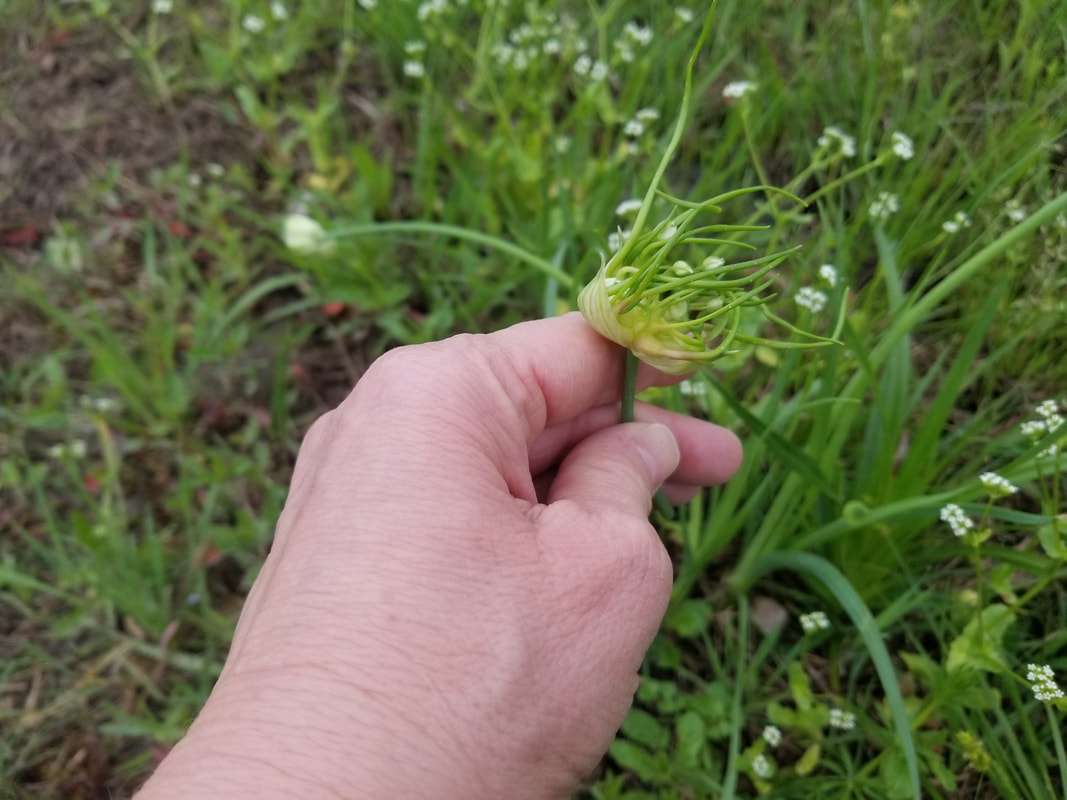 |
A Mattingly
Artist, Writer, Holistic Living Guide Important Disclaimer: Any content discussing medicinal uses of plants, herbs, or food as medicine is informational only and not prescriptive. When dealing with health issues, be sure to do your own research and consult with the appropriate health professional for guidance. These statements have not been evaluated by the FDA. It is information based on my personal research and studies.
Categories
All
Archives
September 2023
|
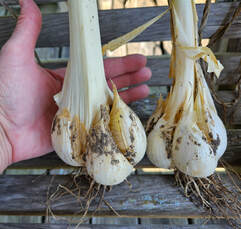
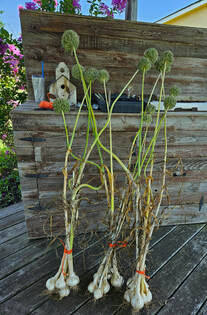
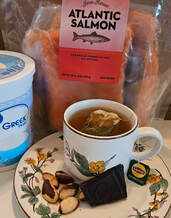
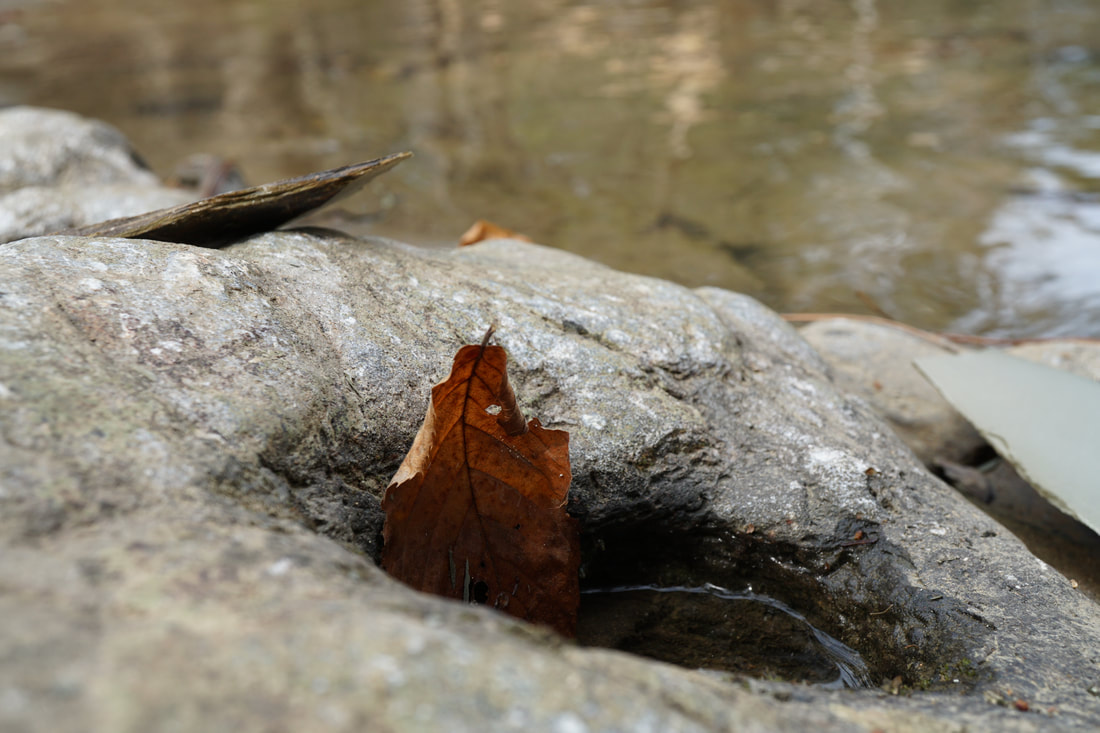





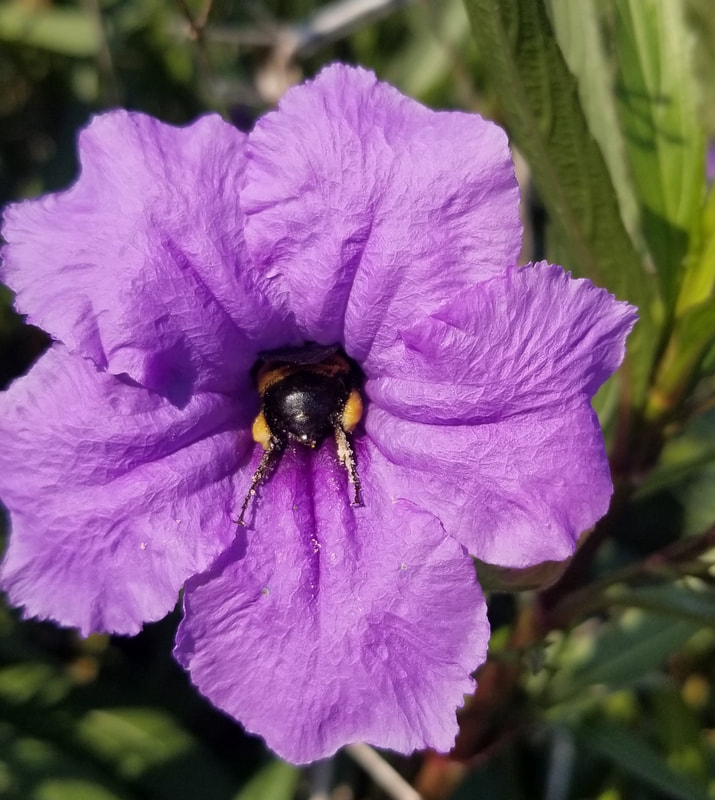
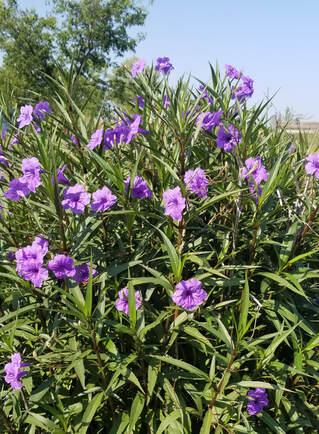
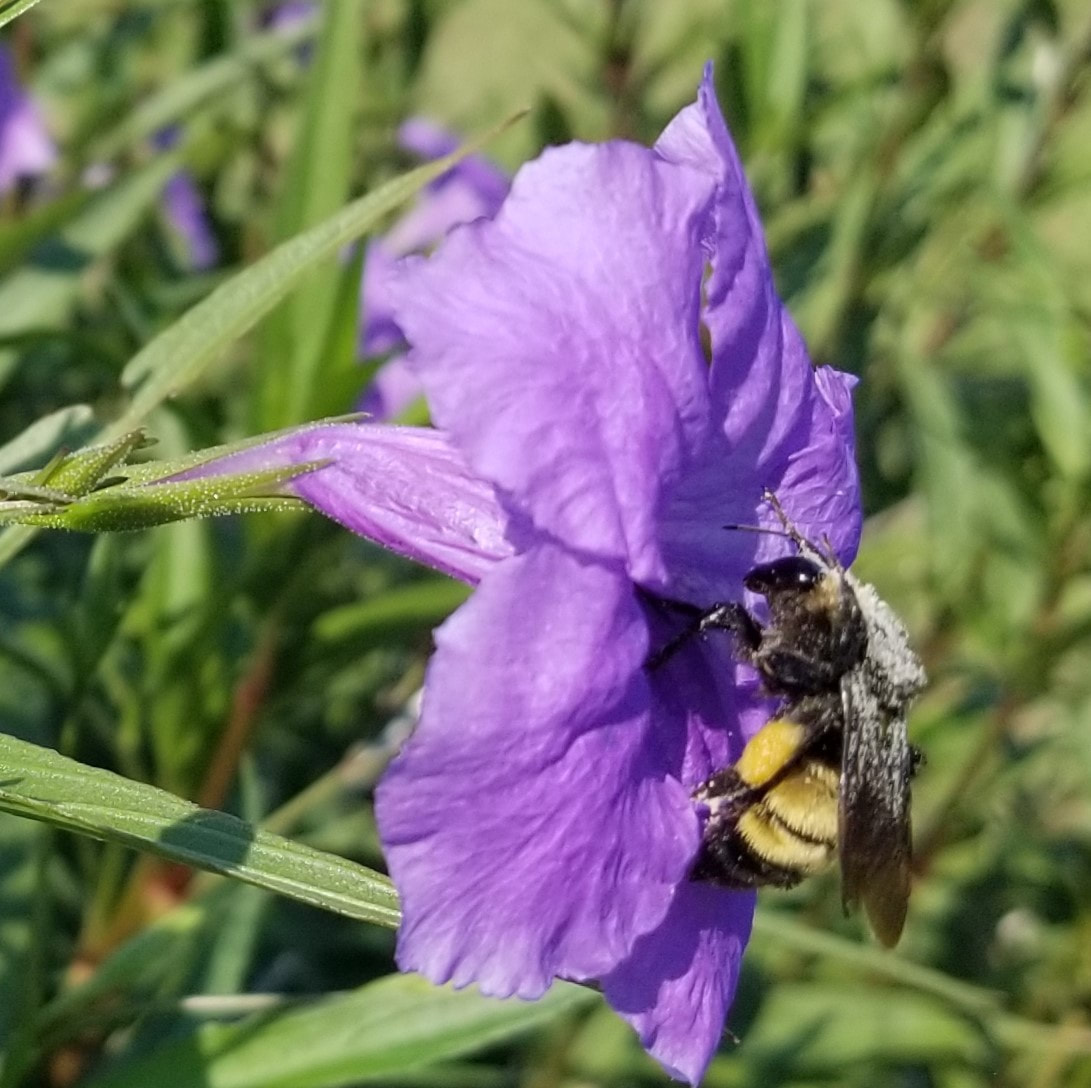

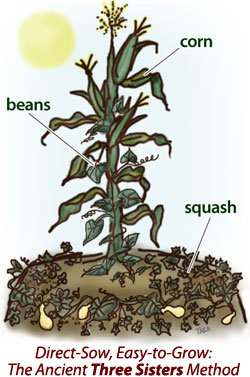
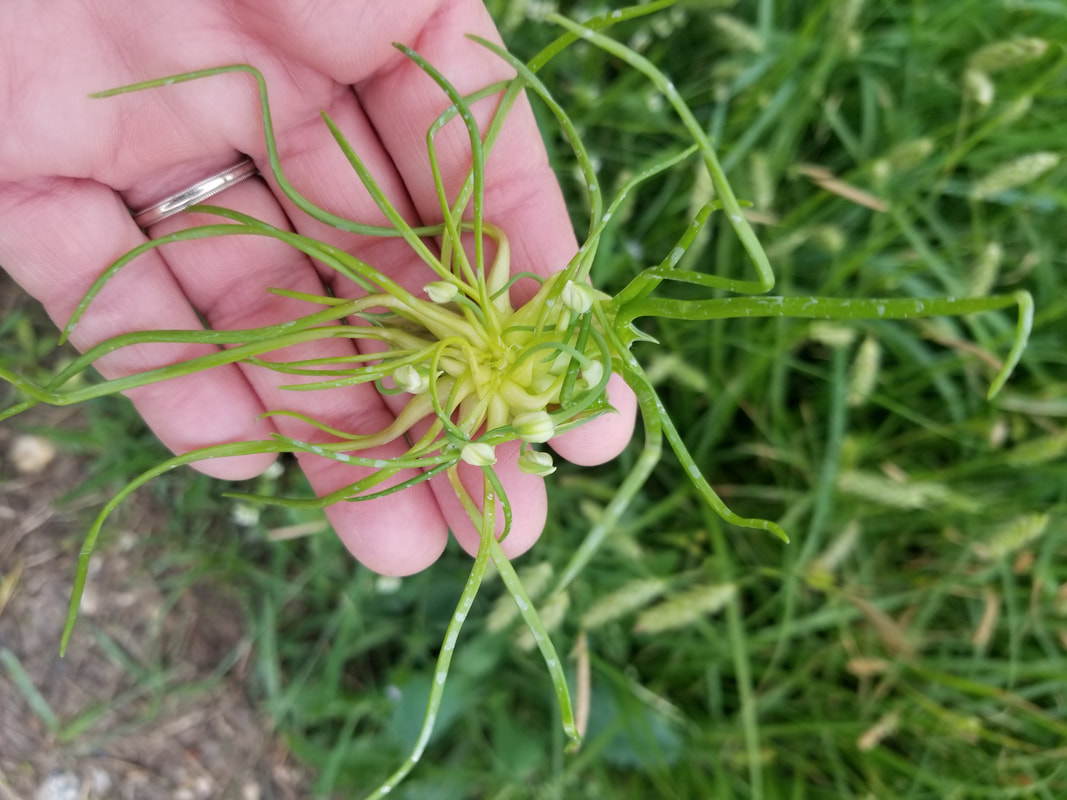
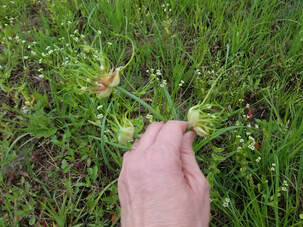

 RSS Feed
RSS Feed